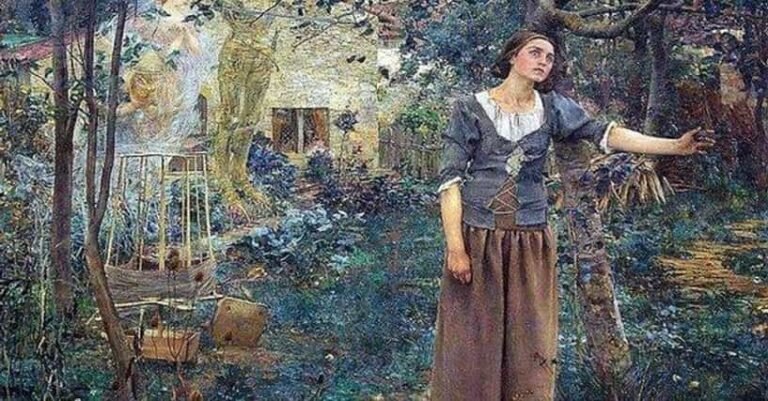The genre of naturalistic art, which aims to replicate the beauty and detail of the natural world, has given rise to some of the most famous naturalistic paintings in art history. These works are not just paintings; they are visual narratives that have been meticulously crafted to capture life in its purest form. This article takes you through a journey of the most famous naturalistic paintings, highlighting the incredible skill and profound impact of the artists who created them.
One of the most revered famous naturalistic paintings is “The Hay Wain” by John Constable. Completed in 1821, this painting is a quintessential example of naturalism in art, showcasing Constable’s dedication to capturing the English countryside with authenticity. The way he depicts the rural scene, with its vivid colors and precise detail, transports the viewer directly into the heart of the Suffolk landscape, making it one of the most famous naturalistic paintings of the 19th century.
Jean-François Millet’s “The Gleaners” is another masterpiece that stands tall among the most famous naturalistic paintings. Finished in 1857, it portrays three peasant women gleaning a field of stray grains after the harvest. Millet’s focus on the plight of the lower class, presented with such dignified realism, was groundbreaking. This painting’s influence was profound, as it challenged the norms of its time by bringing the everyday struggles of the poor to the forefront of fine art.
Andrew Wyeth’s “Christina’s World,” created in 1948, is a more modern example but nonetheless one of the most famous naturalistic paintings. It captures a woman lying in a field, gazing toward a farmhouse on the horizon. Wyeth’s use of tempera techniques to achieve such fine detail in textures—the grass, the woman’s hair, the weathered wood—has made this painting an iconic symbol of American realism.
Moving back in time, “Olympia” by Édouard Manet, though often associated with the birth of modern art, is grounded in naturalism. Unveiled in 1863, this work’s stark realism challenged the idealized images of women prevalent in the art of the time. Its candid and unadorned portrayal of a reclining nude was revolutionary, securing its place among the most famous naturalistic paintings.
“The Birth of Venus” by Sandro Botticelli, although completed in the 1480s and often associated with the Early Renaissance, also embodies elements of naturalism with its lifelike figures and flowing movement. It’s the artist’s commitment to depicting human anatomy with accuracy, and the natural setting that qualifies it as one of the most famous naturalistic paintings, despite its mythological subject matter.
In conclusion, the most famous naturalistic paintings are those that not only present a true-to-life depiction of their subjects but also evoke emotion and provoke thought. From the rolling landscapes of Constable to the striking realism of Manet, these paintings have left an indelible mark on the world of art. They continue to be admired for their technique, celebrated for their beauty, and studied for their historical significance, securing their status as some of the most impactful works ever created.
The collection of the most famous naturalistic paintings is a gallery of authenticity and meticulous detail, each piece a testament to the artists’ unwavering commitment to replicating the natural world. Gustave Courbet’s “The Stone Breakers” is a prime example of this dedication. His elimination of romantic elements to focus solely on the gritty reality of laborers in a field exemplifies the very essence of naturalism and secures its position among the most famous naturalistic paintings.

